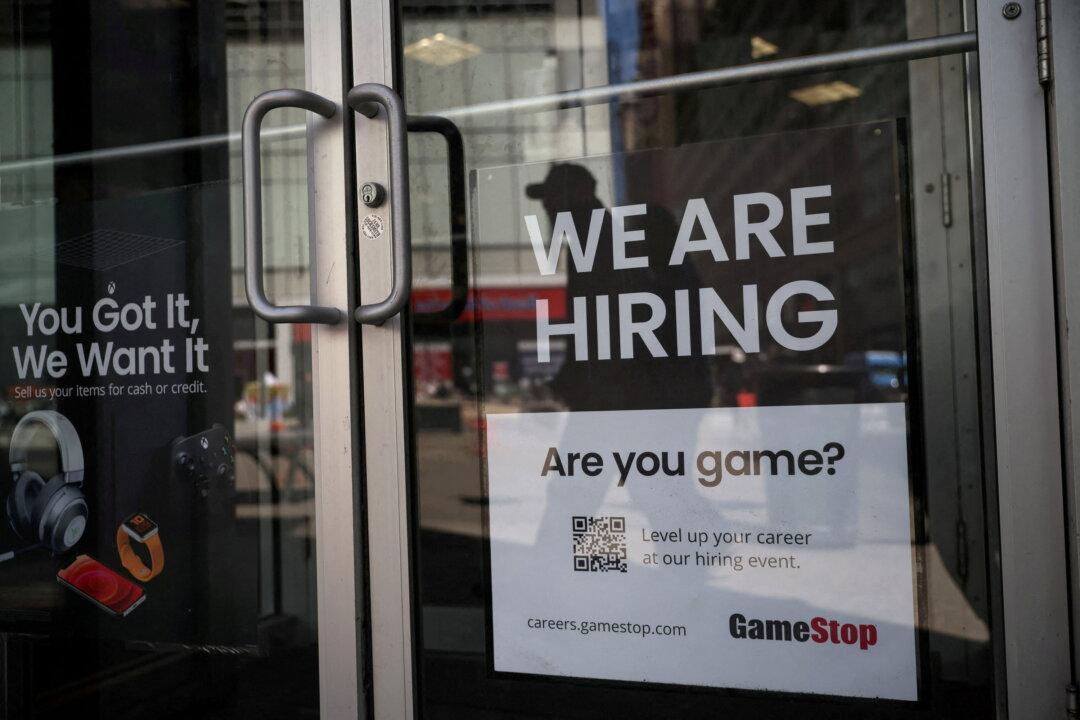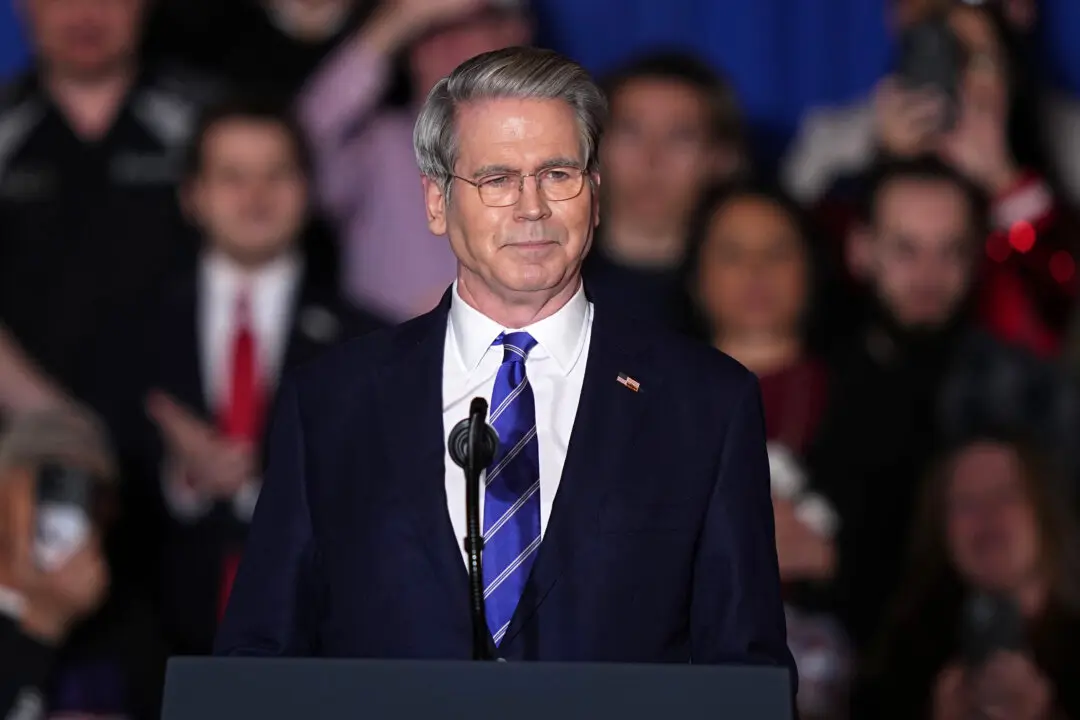The unemployment rate in the United States is set to worsen further as businesses are predicted to add fewer workers in the course of this year based on a quarterly Economic Indicator poll by Bankrate.
The U.S. unemployment rate is expected to be at 4.6 percent a year from now, according to survey results published on Jan. 4. The current rate stands at 3.7 percent as of November. Unemployment has never risen by over 50 basis points or more without the economy slipping into a recession. Federal Reserve officials had also projected in December that the unemployment rate would hit 4.6 percent this year.





